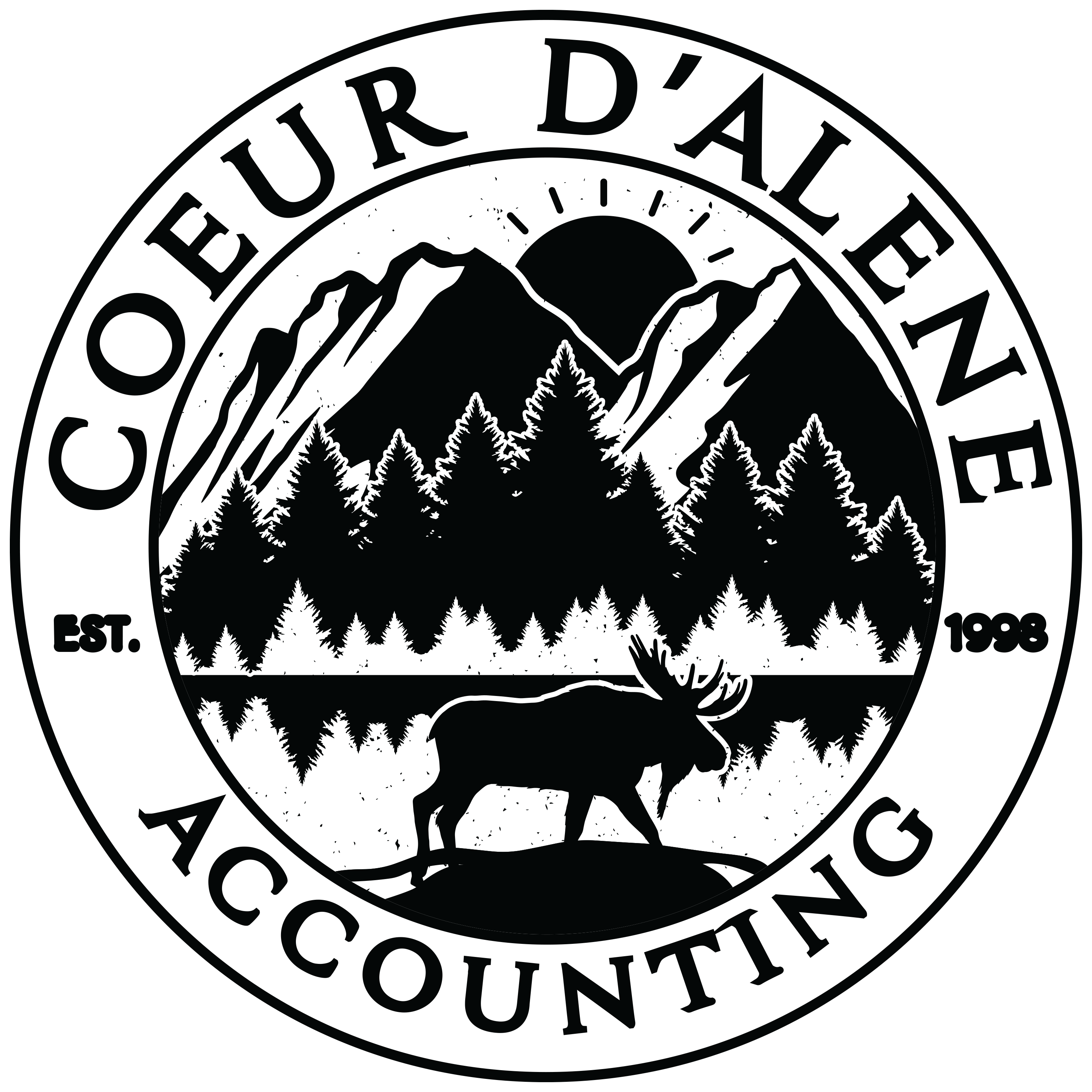
Are you living every small business owner’s worst nightmare in Coeur d’Alene Idaho: an IRS audit?
Okay, that’s bad. But even worse, suppose the IRS asserts that many of your 1099 independent contractors are W-2 employees. Now you owe tens of thousands of dollars in unpaid payroll taxes!
What are you going to do?
Before you throw in the towel and make a panic-stricken call to your friendly neighborhood bankruptcy lawyer, hold on. There may be a way out! You may qualify for the safe-harbor provisions of Section 530.
Classifying Your Workers: Employees or Independent Contractors?
As a CDA Idaho business owner, you are obligated to collect and remit payroll taxes for your employees. But you are not required to collect and remit payroll taxes for independent contractors.
That’s why it’s important to correctly classify workers as either employees or independent contractors.
But here’s the problem: the rules for correctly classifying workers as either employees or independent contractors are unclear and confusing.
Moreover, the IRS makes worker classification determinations case by case, based on the facts and circumstances of each individual situation. The IRS considers a host of factors, and no single factor is determinative.
Although there are many court cases deciding worker classification, these are not often helpful unless you can find a case exactly like yours. Without a case on point, you are left with gray areas and uncertainty.
Little wonder that well-intentioned business owners often have difficulty correctly interpreting and applying the vast array of rules and factors announced by the IRS over the years for classifying workers.
And what happens if you misclassify a worker as an independent contractor? Then you can find yourself owing hundreds of thousands of dollars in back employment taxes, penalties, and interest.
But wait! If this happens to you, the safe harbor of Section 530 may provide relief.
The Section 530 Safe Harbor: Your Port in the Midst of an IRS Audit Storm
The Section 530 safe harbor was passed by Congress as part of the Revenue Act of 1978 in response to complaints by business owners that the IRS was being too aggressive in reclassifying their workers as employees.
The possible good news for you is that the Section 530 safe harbor prevents the IRS from retroactively reclassifying your independent contractors as employees and subjecting you to federal employment taxes, penalties, and interest.
Reclassifications, if any, go forward only. You are not on the hook for any money as of the date of any reclassifications.
Here’s how to qualify for Section 530 relief.
Sailing into the Section 530 Safe Harbor
To qualify for Section 530 relief, you must meet the three following requirements.
1. Reporting Consistency
First, you must have timely filed all required federal tax returns (including information returns) consistent with your treatment of each worker as not being an employee.
For example, if you treated a worker as an independent contractor and paid him or her $600 or more, you must have filed Form 1099 for that worker.
Relief is not available for any year and/or any workers for whom you did not file the required information returns. But a business that files the wrong kind of Form 1099 in good faith does not lose eligibility for Section 530 relief.
2. Substantive Consistency
Second, you (and any predecessor business) must have treated the worker in question, as well as any similar workers, as independent contractors. If you treated similar workers as employees, this relief provision is not available.
For example, a business owner cannot classify certain workers as independent contractors if he classifies his brother-in-law, who has a similar job description and responsibilities, as an employee.
3. Reasonable Basis
In addition to the consistency requirements discussed above, you must also show that you had a reasonable basis for not treating the worker as an employee.
It is important to note that while the consistency requirements are strictly applied by the IRS, Congress intended that the reasonable basis requirement should be construed liberally in favor of the taxpayer.
To establish that you had a reasonable basis for not treating your workers as employees, you can rely on one of the following safe havens:
- Reliance on a federal court case or administrative ruling. You have a reasonable basis if you reasonably relied on a federal court case, or a ruling issued to you by the IRS. Note that reliance on state court decisions and rulings of agencies other than the IRS does not qualify for this safe haven.
- Reliance on a prior IRS audit. You have a reasonable basis if the IRS audited your business for worker classifications at a time when you treated similar workers as independent contractors, and the IRS did not reclassify those workers as employees.
- Customary practice in your industry. You have a reasonable basis if you knew, and can substantiate, that you reasonably relied on a long-standing, recognized practice of a significant segment of your industry.
Other reasonable basis for classification. You have a reasonable basis if you relied on some other reasonable basis (sounds redundant, we know). For example, perhaps you relied on the advice of an accountant or business lawyer who knew the facts about your business.
But state court opinions or state administrative agency rulings do not qualify under this safe-haven provision as a reasonable basis for Section 530 relief.
Takeaways
Here are some key insights from this article.
Under Section 530, the IRS provides a safe harbor for independent contractor worker classification if you meet all the following requirements:
You can meet the reasonable basis requirement by showing that you relied on any one of a number of authorities, including judicial precedents or administrative rulings, a prior worker classification tax audit, or industry practice.
Your classifications of workers for federal purposes do not have to match your classifications for state law purposes.


Recent Comments